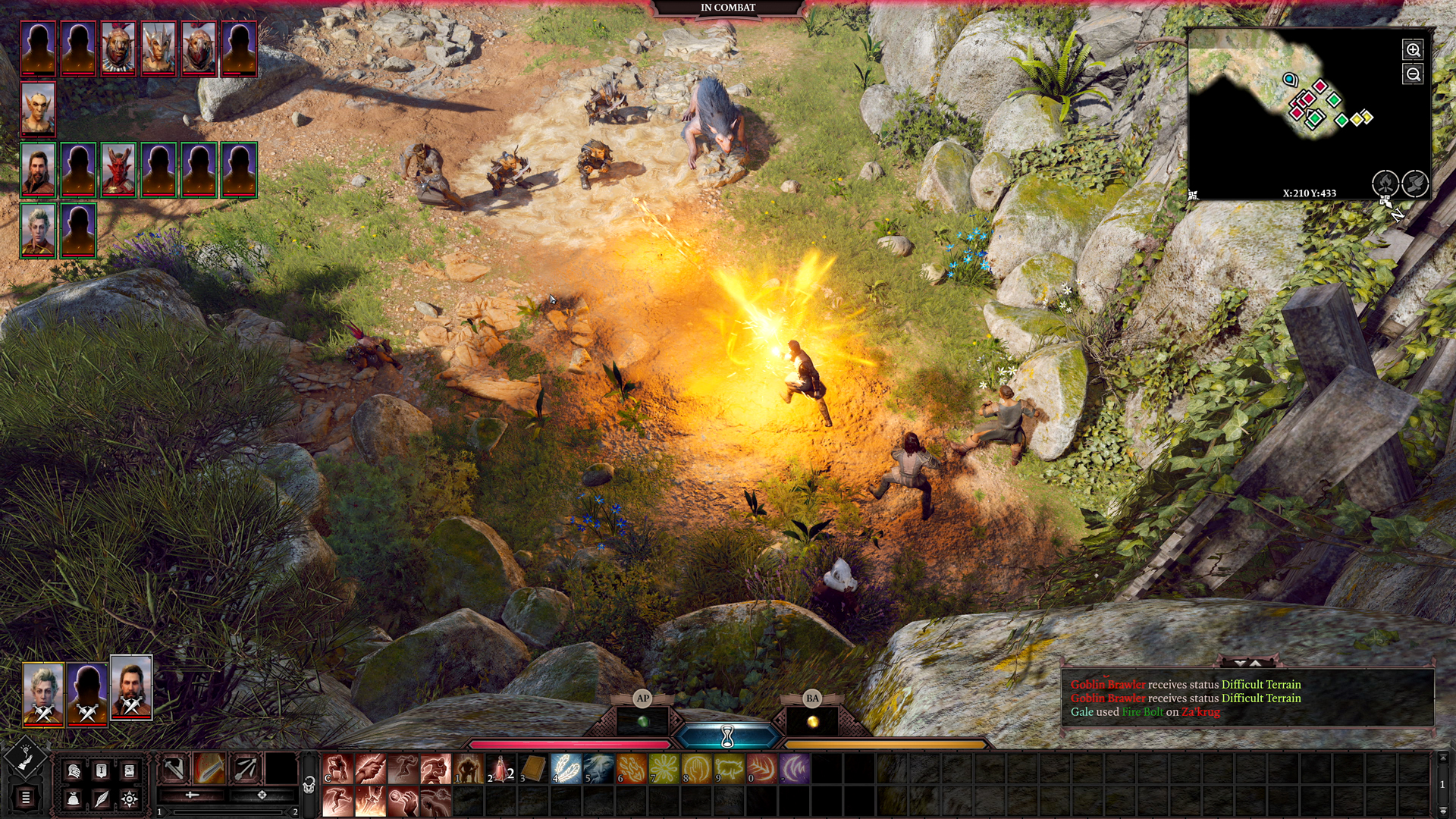
The advertisement above that is about the imperative urgency to fight back against plastic pollution in the ocean is a crucial civic artifact that should be analyzed. I will analyze this civic artifact through the lens of visual rhetoric as it will allow me to focus on a specific aspect of the advertisement as well as possibly uncover new things. I will especially focus on the composition of the advertisement.
The colours used in the adverisement contrast with each other. On the one hand, light blue and white are used which are light colors. The color white allows the audience to focus on the visuals and text and the color blue is associated with blue. However, the color brown that is seen on the sushi made out of plastic effectively contrasts the other colors and prevents the tone of the advertiseemnt from being positive.
Furthermore, the visual metaphors of the advertisement are extremely effective and smart as well. The image depicts two objects that appear to be sushis. However, it can be seen that unlike regular sushi that is made out of rice and fish (and maybe other seafood), this sushi is made out of plastic and other trash. This metaphor responds to the problem of plastic pollution in the ocean (reproduction) by showing how the food that we eat contains plastics and is unhealthy. This also serves to urge the audience against plastic pollution in the ocean (reception) by making them feel disgusted since the food that they eat and consider delicious and healthy is made out of plastics.
Moreover, the close up shot of the suhsi made out of plastics further boost this effect as it is shows the plastic trash in detail. The bright lighting also allows the audience to easily see the image. The fact that the plastic sushi is extremely detailed also helps this effect as the audience sees all the little details of the plastic that makes up the sushi.
In conclusion, this blog has analyzed the following advertisement from a visual rhetoric lens. Analyzing this advertisement from this specific lens allowed me to better understand certain design choices as well as how they affect the audiences perception and motivation.




 Set in a vast and intriguing galaxy, the players will be able to explore a huge galaxy filled with different types of planets and creatures. The different planets will contain different minerals, terrain and creatures all available to explore, and interact with.
Set in a vast and intriguing galaxy, the players will be able to explore a huge galaxy filled with different types of planets and creatures. The different planets will contain different minerals, terrain and creatures all available to explore, and interact with.
